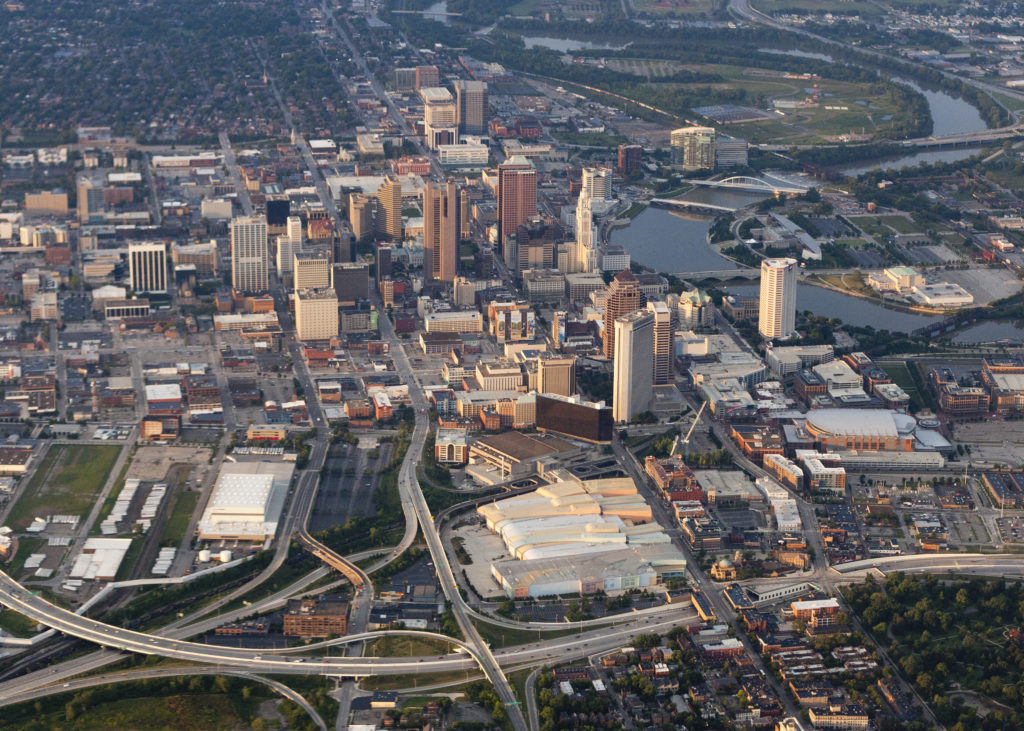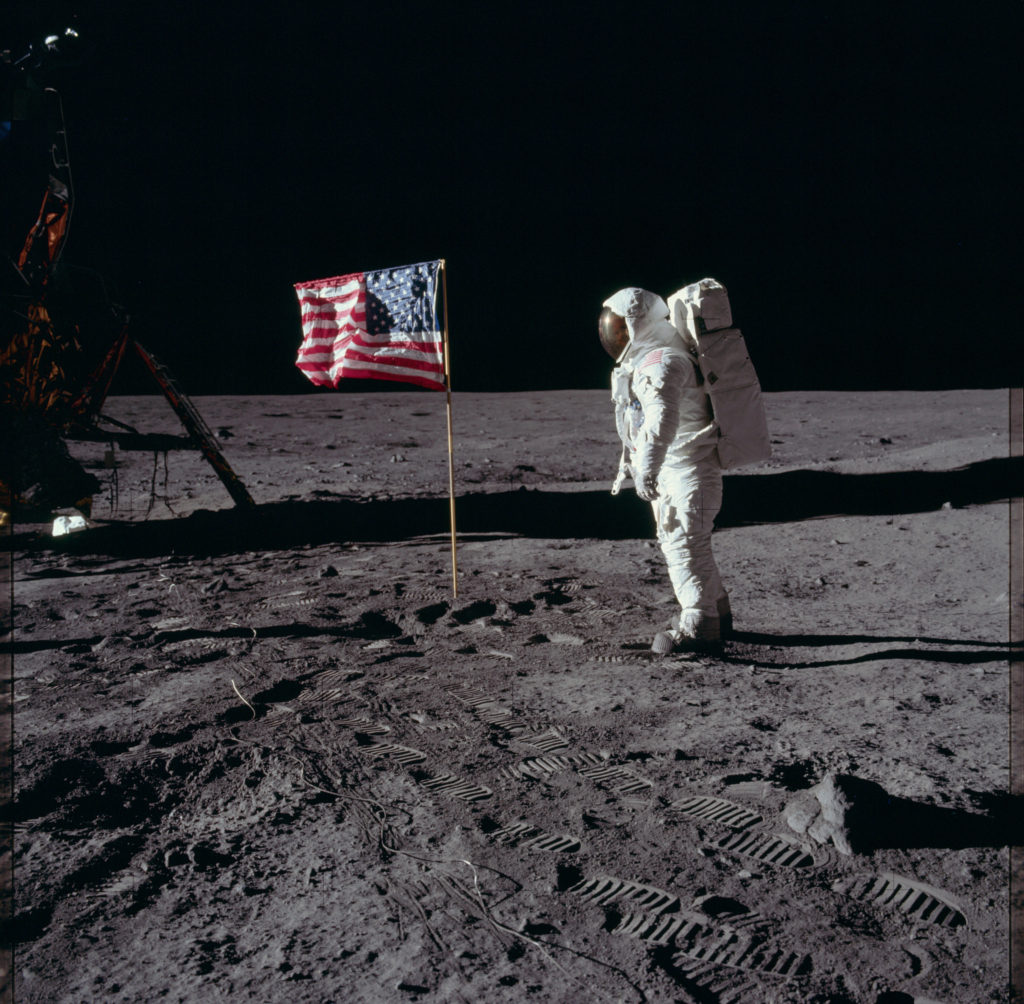
First: the idea that cities need to become smarter through top-down “design” utilizing massive investment in computers, sensing, and the like is a fallacy which industry is only too happy to exploit to the detriment of citizenry. I wholeheartedly co-sign what Adam says here: The Case Against the ‘Smart City’.
For context, Columbus, Ohio (my hometown) won a US$50 million US DoT grant:
The city beat out six other finalists for the competition to receive $50 million in grant funding from the federal government and Vulcan Inc. to develop Columbus into the nation’s proving ground for intelligent transportation systems.
Today’s example of misreading what is happening comes from the Guardian’s “expose” Secretive Alphabet division funded by Google aims to fix public transit in US:
Sidewalk Labs, a secretive subsidiary of Alphabet, wants to radically overhaul public parking and transportation in American cities, emails and documents obtained by the Guardian reveal.
Its high-tech services, which it calls “new superpowers to extend access and mobility”, could make it easier to drive and park in cities and create hybrid public/private transit options that rely heavily on ride-share services such as Uber. But they might also gut traditional bus services and require cities to invest heavily in Google’s own technologies, experts fear.
A point made later in the article about the effects of shifting usage patterns from public transit to private for-hire services such as Uber or Lyft causing a disinvestment, is well taken. And we need to guard against this. But this article takes collaboration between the private sector and government as something deeply sinister.
Let Laura Bliss of The Atlantic CityLab drop some knowledge about Sidewalk Lab’s software called Flow:
Overall, the article gives the impression that Flow is some kind of top-down planning regime, conceived in secret by Sidewalk Labs and foisted on cities like Columbus. It makes it sound conspiratorial. But that isn’t really the case.
First, the Guardian article does not mention that Flow was announced in March, in partnership with the U.S. Department of Transportation, as technology offered for free by Sidewalk Labs to the Smart Cities Challenge victor. The exclusive documents obtained by the Guardian were, according to Sidewalk Labs, pitch materials shared with finalist cities that modeled some of the possible functions of Flow. Since the platform has still yet to be deployed in any city, the specific elements of Flow remain a work in progress.
In these situations, having the software, results, and everything released as open source is the best case – The Consumer Financial Protection Bureau’s open source by default policy is a great example of this in action. Sidewalk labs is trying to jumpstart their entry into this market, leveraging the existing datastore Google has, and putting new software to the test. We can argue if Google being this partner is a public good or not.
To me, this appears to be a grant aimed at prototyping and learning at an urban scale – which by itself is difficult.
We’ll end with Dan Doctoroff, Sidewalk Labs CEO: The 3 Biggest Problems Urban Designers Have To Solve:
The Smart City Challenge began the conversation about tech-enabled mobility, but we’ve partnered with Transportation for America to broaden it to dozens more cities across the U.S., in the hopes of learning even more. Because at the end of the day, any strong public-private partnership works with cities to understand their unique challenges, and gives them the tools to resolve them on their own. What cities do with these tools—whether it’s run more buses, or expand bike-share networks, or develop connected fare cards, or subsidize shared mobility—is entirely up to them. It can’t succeed any other way.


